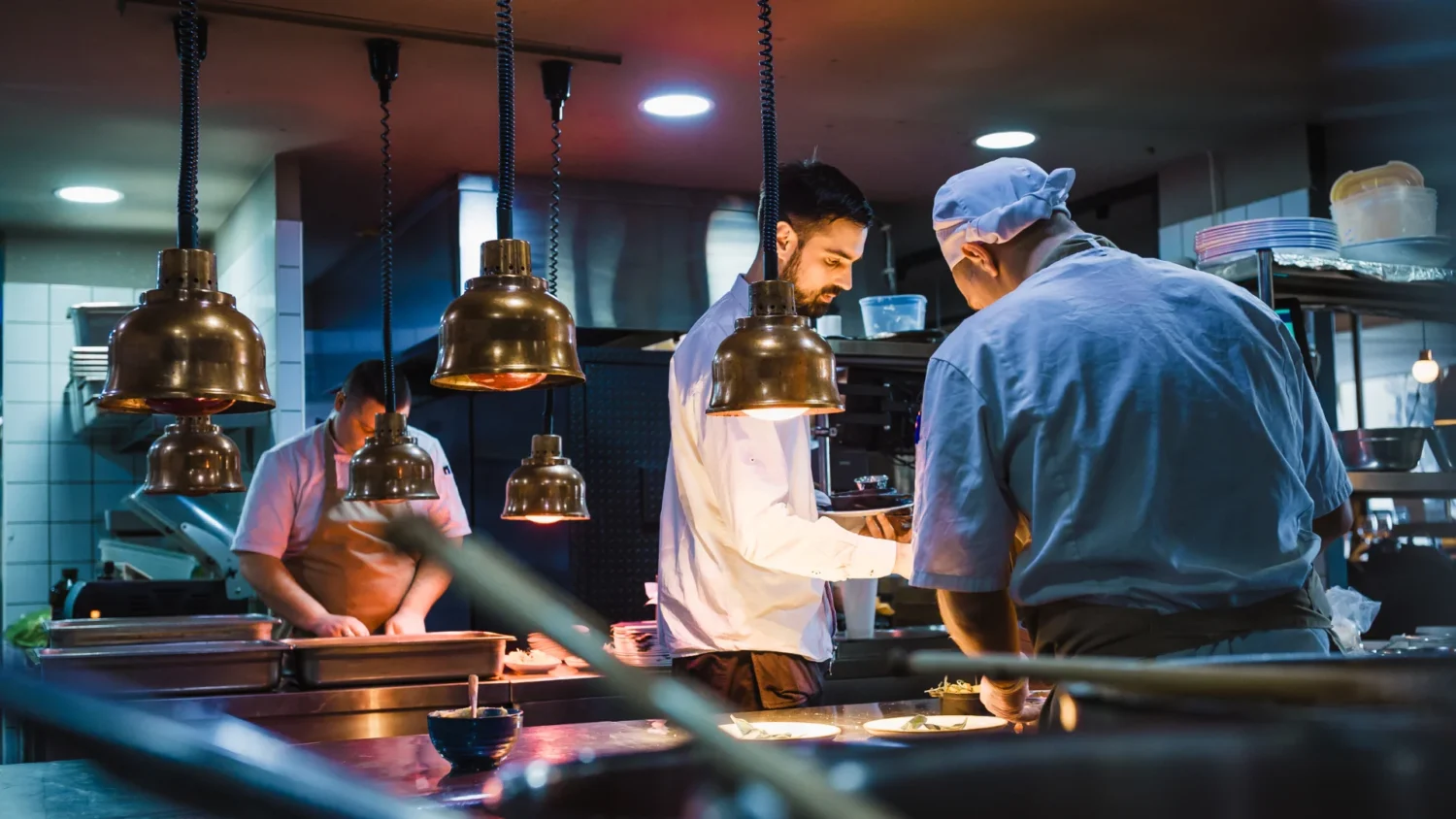Running a restaurant isn’t just about serving great food. Owners also have to make sure the book balance is up to date. With tight margins and rising costs, keeping expenses low while maintaining quality can be a challenge.
From sourcing ingredients to managing energy consumption, every decision impacts the bottom line. Here’s how you can save money without compromising your restaurant’s reputation.
Smart Sourcing and Inventory Management
One of the easiest ways to cut costs is to buy smarter. Sourcing locally not only supports your community but can also reduce transportation costs and spoilage. Building strong relationships with local farmers as well as suppliers can lead to better deals and fresher ingredients, which enhances your menu and customer satisfaction.
Inventory management is equally critical. Overordering leads to waste, while underordering can result in running out of key ingredients, like coffee. Implementing a robust inventory system can help track stock levels in real time, reducing both waste and the need for emergency purchases that almost always come at higher prices.
Rotating stock ensures older items are used first, preventing spoilage and maintaining quality.
Energy Efficiency is Key

Energy costs are a significant expense for any restaurant. Upgrading to energy-efficient appliances might seem costly upfront, but the long-term savings are substantial. Modern ovens, refrigerators, and dishwashers use less power and water, reducing utility bills and your environmental footprint.
Don’t overlook simple changes, either. Installing LED lighting, using programmable thermostats, and ensuring proper insulation can make a big difference. Regular maintenance of HVAC systems keeps them running efficiently, preventing costly repairs and high energy consumption.
Another overlooked aspect is optimizing the kitchen layout. An efficient kitchen reduces the time appliances need to be on, saving energy. Train your staff to be aware of energy use, such as turning off equipment when not in use. Integrate these habits into your daily operations to see a noticeable drop in expenses.
Staffing Smarts
Labor is another major cost for restaurants. Balancing staff levels to match your restaurant’s demand is crucial. Use scheduling software to predict busy times and allocate staff accordingly, avoiding overstaffing during slow periods and understaffing during rushes.
Cross-training employees to handle multiple roles can provide flexibility in scheduling and help manage unexpected absences without bringing in additional staff. This approach not only saves money but also keeps the team engaged and versatile.
Investing in staff training can reduce turnover rates, which is a hidden but significant expense. Happy, well-trained employees are more productive and provide better customer service, leading to higher tips and repeat business. Offer competitive wages, benefits, and most importantly, a positive work environment to retain your best workers.
The Power of Buying in Bulk

When it comes to saving money, buying in bulk is a game changer. For items with a long shelf life, bulk purchasing can significantly reduce costs. Dry goods, canned items, and paper products are all good candidates for bulk buying.
But don’t stop there. Consider bulk oil delivery for restaurants and commercial kitchens. Cooking oil is a staple in virtually all kitchens, and buying it in larger quantities can reduce the per-unit cost. Partnering with suppliers who offer bulk delivery services can ensure you always have what you need on hand, minimizing downtime and last-minute, expensive trips to local suppliers.
Bulk buying does require adequate storage space, so ensure your storage facilities are up to the task. This might mean investing in larger refrigerators or more shelving, but the savings on bulk purchases will quickly offset these costs. Maintaining a strong relationship with your suppliers will often lead to better deals and discounts, especially if you’re a regular and reliable customer.
Marketing on a Budget
Marketing doesn’t have to be expensive to be effective. In the age of social media, there are countless ways to promote your restaurant without breaking the bank. Utilize platforms like Instagram, Facebook, and TikTok to reach a wider audience. High-quality photos of your dishes, behind-the-scenes videos, and customer testimonials can engage followers and attract new patrons.
Collaborate with local influencers and food bloggers who can showcase your restaurant to their followers. Offering them a complimentary meal in exchange for a review can be a cost-effective way to reach a large audience.
Hosting events, such as themed nights or cooking classes, can also draw in new customers. These events create buzz and provide unique experiences that set your restaurant apart. Offer special deals during these events to encourage attendance and repeat visits.
Email marketing remains a powerful tool. Building a mailing list of customers who have dined at your restaurant allows you to send targeted promotions, news about upcoming events, and loyalty rewards. Personalized communication helps build a loyal customer base that feels valued and appreciated.

Conclusion
Saving money as a restaurant owner doesn’t mean cutting corners on quality. Every dollar saved is a dollar that can be reinvested into improving your restaurant and providing top-notch service to your customers. Keep these tips in mind, and watch your savings grow without sacrificing the quality that keeps your patrons coming back.
 Hi Boox Popular Magazine 2024
Hi Boox Popular Magazine 2024



